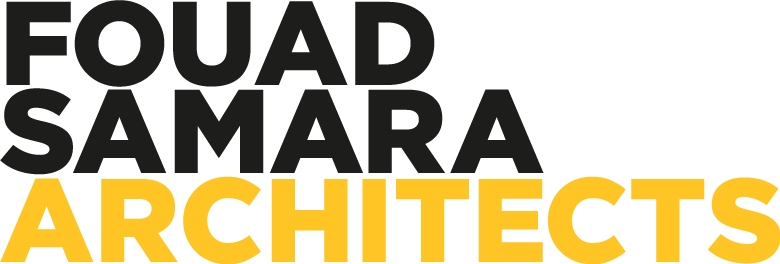In progress
2021
Beqaa, Lebanon
Fouad Samara
Alain Aoun
Approaching the school, the site is defined by hedgerows – typical of the area. Low lying, mostly single-story walls that blend in with the surrounding landscape define spaces inside and out; planted rooves blur the definition between building and context.
The school’s rammed earth walls provide insulation and comfort in the extreme Beqaa Valley climate of hot dry summers and sub-zero cold winters. With planted rooves, courtyards, and compacted soil playgrounds extending the patchwork of colors and textures of the surrounding terrain, the school offers a safe and welcoming environment for the children and wider community to call home; offer rootedness that much of the community is in desperate need of.
Building with earth and having turf rooves were prevalent historically in the Levant; but that sensibility has almost been forgotten over the past century. In addition to their suitability for this particular project, a critical aim in the use of both rammed earth and extensive planted rooves is a didactic one for the community at large. The school hopes to reintroduce these sensibilities back into the community by providing a built implementation of these principles for a greener, healthier and more comfortable living; easily and economically sourced anywhere in the region; and critically for the vulnerable communities, with the added advantage of being self-built.
The school in itself becomes a lesson for the community at large; empowering people to help themselves and build their own homes and communities economically and environmentally; working with the land they are on. With time, and when no longer needed, these buildings can mostly be reintegrated into the land from which they were built.
